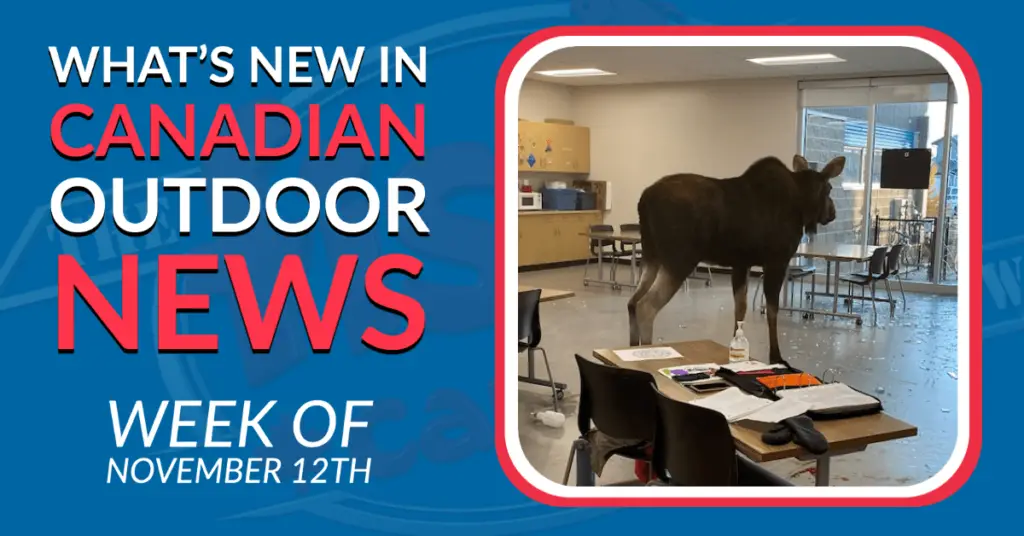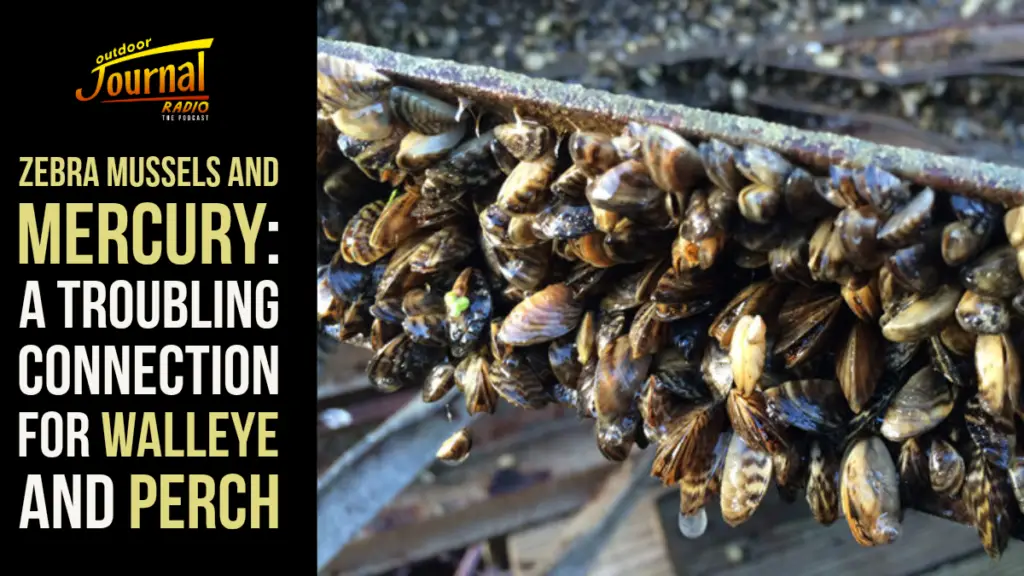The Stories that Matter and the Fuel to your Bar Banter – Canadian Hunting and Fishing News from the Week of November 12th, 2021
Although news has never been so abundant, finding relevant and reliable stories has never been more difficult. Thankfully, Fish’n Canada has you covered. From bass viruses to moose-inspired lockdowns, here is everything you missed this week in the world of fishing and hunting !
1- “Largemouth Bass Virus” detected in 14 Smallmouth Bass
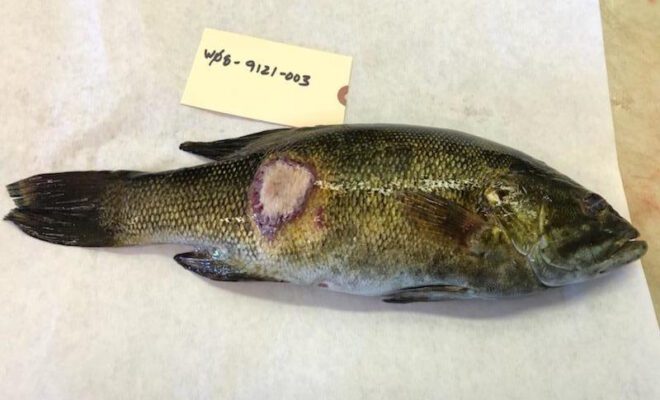
A little-known fish disease might be in need of a name change after 14 Wisconsin smallmouth were confirmed to have “Largemouth Bass Virus”.
Largemouth Bass Virus, as the name would suggest, is the only known virus that is known to be lethal to Largemouth Bass and, up until now, was thought to be exclusive to the species. This all changed when tests were carried out on 14 smallmouth bass caught in Green Bay, Wisconsin – confirming that the virus has now made its way into local smallmouth populations.
As seen in the photo above, the disease is recognizable by the large red sores it causes on the fish, often displaying a white patch of dead flesh in the centre. In addition to being hard to look at, the disease is also known to cause abnormal swimming, weakness, and swimbladder over-inflation – a combination that has led to large kills in Largemouth populations.
Fortunately, the disease has not proved fatal in the smallmouth that have been sampled but local conservation authorities will be keeping a close eye on the fish caught in this area for signs of further spread. In the meantime, authorities are asking anglers to strictly adhere to live well and fish transportation regulations to avoid the disease spreading to other waterways.
Here in Canada, no cases of the disease have been reported, however, Ang and Pete did catch some Largemouth last weekend with some interesting markings. Check out the article below and let us know if you think these Ontario largemouth were suffering from the same affliction.
2 – COVID cases in White-tailed Deer continue to pile up
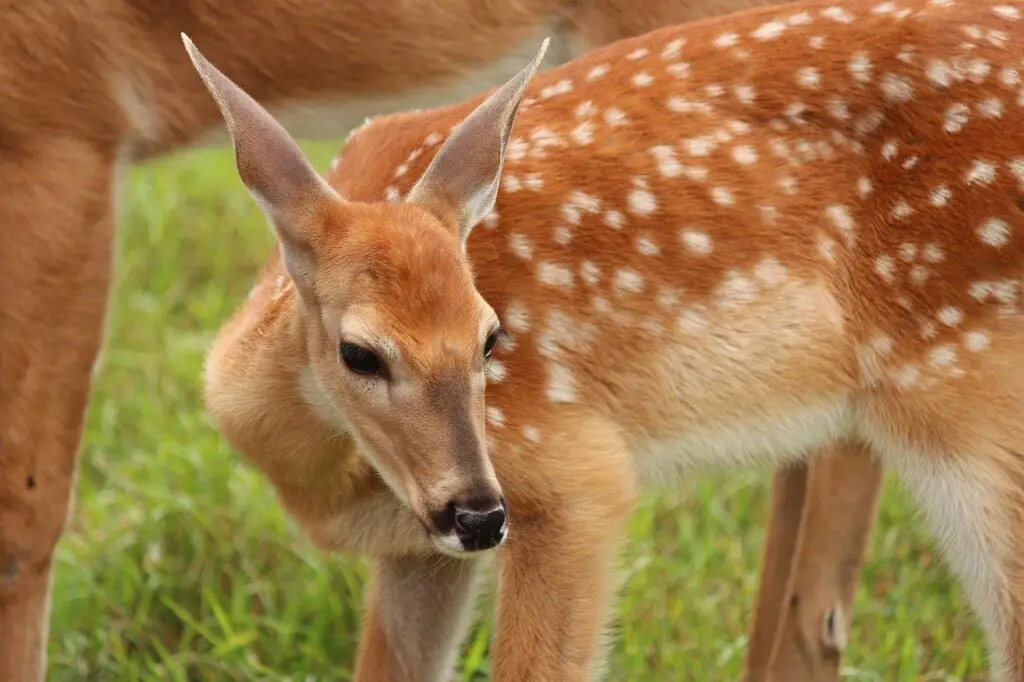
Staying on theme, smallmouth bass are not the only ones catching diseases previously reserved for other animals – White-tailed Deer are catching them too.
As we reported back in September, COVID-19 was first discovered in wild deer populations in Ohio when road-killed carcasses began displaying antibodies. Shortly after that, wild deer throughout the US began testing positive as well.
This week, it has been deemed that over 40% of Deer tested in the states of New York, Michigan, and Pennsylvania between March and January 2021 were positive for the virus. In Idaho, the number was closer to 70%.
Though thankfully, the virus does not seem to be deadly, or even show any symptoms, in White-tailed Deer, the numbers do suggest that it is spreading rapidly. Human to deer contact is thought to be the primary cause of the spread, as many of the deer populations in these states are found near residential areas and within frequently used parks. Contaminated water sources are also being examined as a culprit but, as of yet, no evidence supports the claim.
For the hunters out there, there is also currently no evidence that COVID can spread from deer back to humans, though researchers are keeping a close eye on it as it poses the potential for new variants.
3 – Unseasonably Warm Great Lakes Likely to Affect Lake Trout Spawn

A few weeks ago we shared the report that the Great Lakes were seeing unseasonably high fall temperatures. Unfortunatley, the trend has continued and now the fish are beginning to feel the effects.
Lake Trout are likely to be the most affected by the rising temperatures due to their fall spawning behaviour and their need for cold water. The preferred water temperature for a Lake Trout during the spawning season is around 48 degrees. As of just two weeks ago, many of the Great Lakes were still seeing temperatures in the mid-50s.
While Lake Trout are still known to be capable of carrying out their duties in 50-degree temperatures, things may be a bit behind schedule and the productiveness of this year’s spawn will likely be impacted.
In addition to putting a damper on the Lake Trout spawn, anglers that were hoping for clear, cold weather to kick off the ice fishing season are likely to be disappointed as the warmer lake effect is projected to bring heavy snowfall throughout November and December.
4 – Ontario Seeks the Help of Hunters for CDW Detection
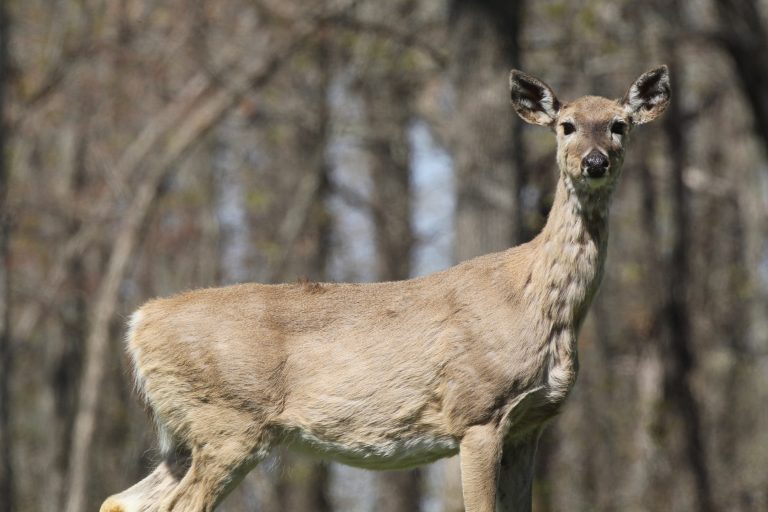
The Ontario Ministry of Natural Resources and Forestry released a statement earlier this week asking Ontario hunters to help fight the spread of Chronic Wasting Disease (CWD).
The statement was prompted after Manitoba reported its first case ever of the disease, meaning that all states and provinces surrounding Ontario have now seen positive cases. At the time of writing, Ontario is still CWD free but the Ministry is asking for your help to keep it that way. In their statement, they reminded hunters to do the following:
- “Have your deer tested if you hunt in one of the annual CWD testing areas.
- Only use plant based or synthetic lures. Natural lures are illegal in Ontario as they may contain infectious material.
- Leave high-risk parts behind after out-of-province hunts. When hunting cervids out of province, you can only bring back butchered, deboned, and packaged meat; a cleaned skull plate and antlers; tanned hides and capes and finished taxidermy mounts. It’s illegal to bring any other body parts from deer species into Ontario.
- Only use local bait or feed. Imported bait and feed may contain infectious material that could spread CWD to cervids. Local sources are safer and benefit local farmers and business owners.”
For those curious if your hunting area falls within the CWD testing zone, check out our full article at the link below:
5 – Moose Breaks into Saskatoon School
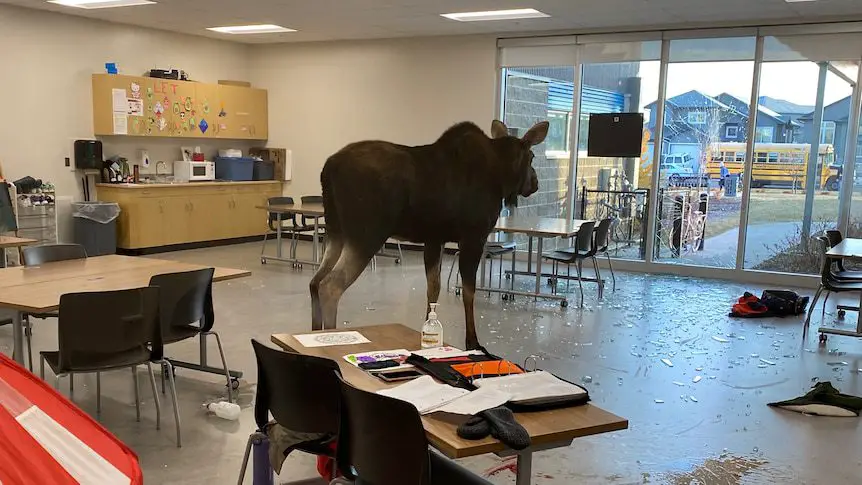
Two weeks ago we ended our week with a moose breaking into a shed. This week, we wrap things up with one breaking into a school.
According to the Saskatoon Star, the incident occurred just before 9am when a moose approached the window of Sylvia Fedoruk School’s community room. A dozen students and staff present then watched as the moose proceeded to break through the glass window and stand in the room, injured and confused, until authorities were called.
The school was forced to remain in lockdown until roughly 11am, giving local police and conservation officers time to tranquillize the moose, load it into a truck, and transport it to a safe location.

By all accounts, the moose recovered fine and is now back in the wild. Unlike our story a few weeks ago, this moose is not thought to have been suffering from any parasites and the cause of this strange behaviour has just been chalked up to confusion.
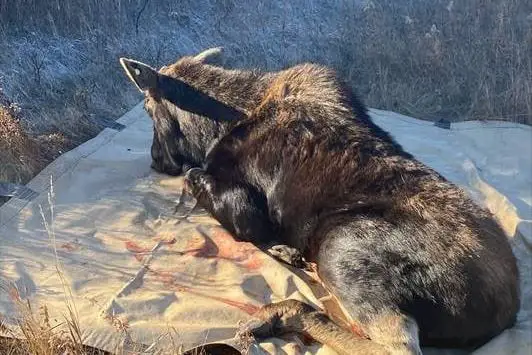
Have a story we missed? Send us an email at [email protected]




